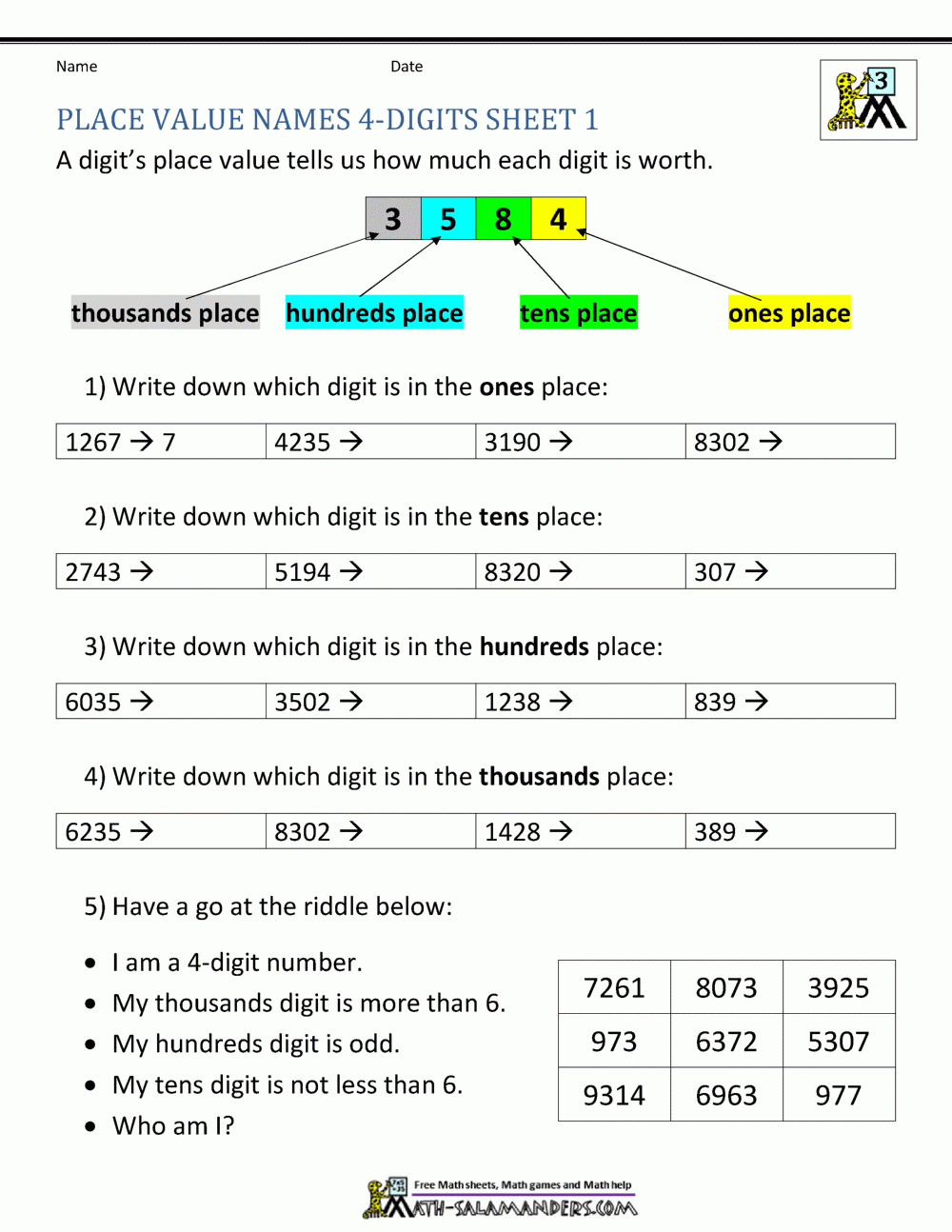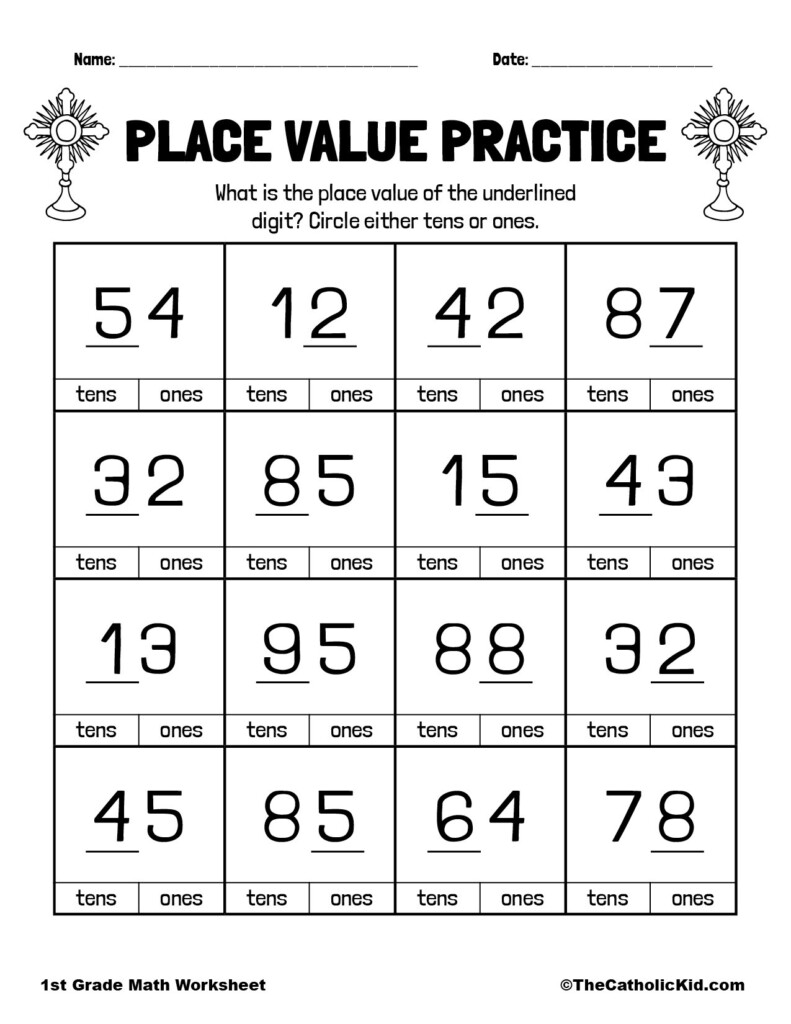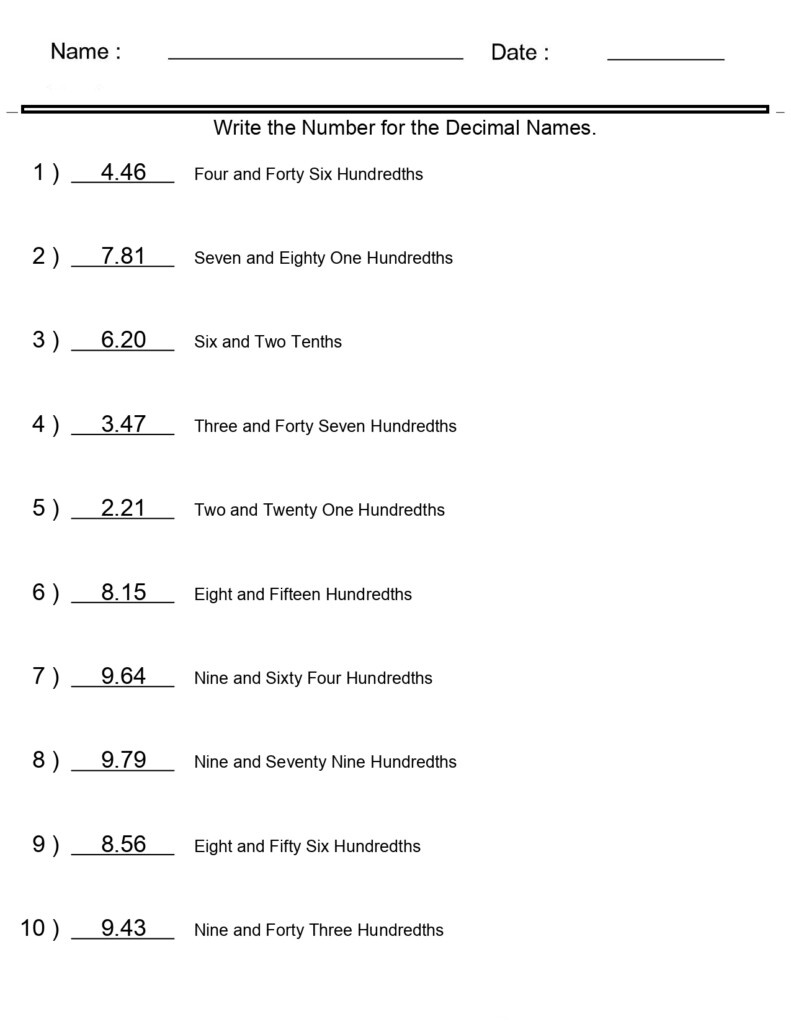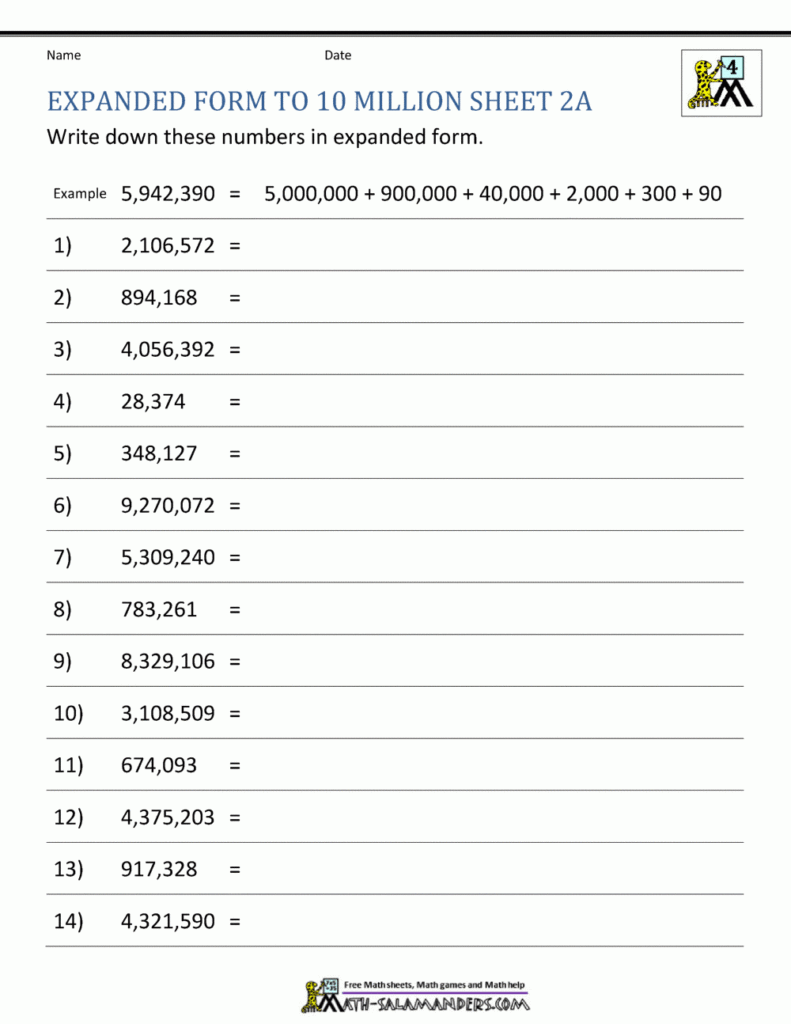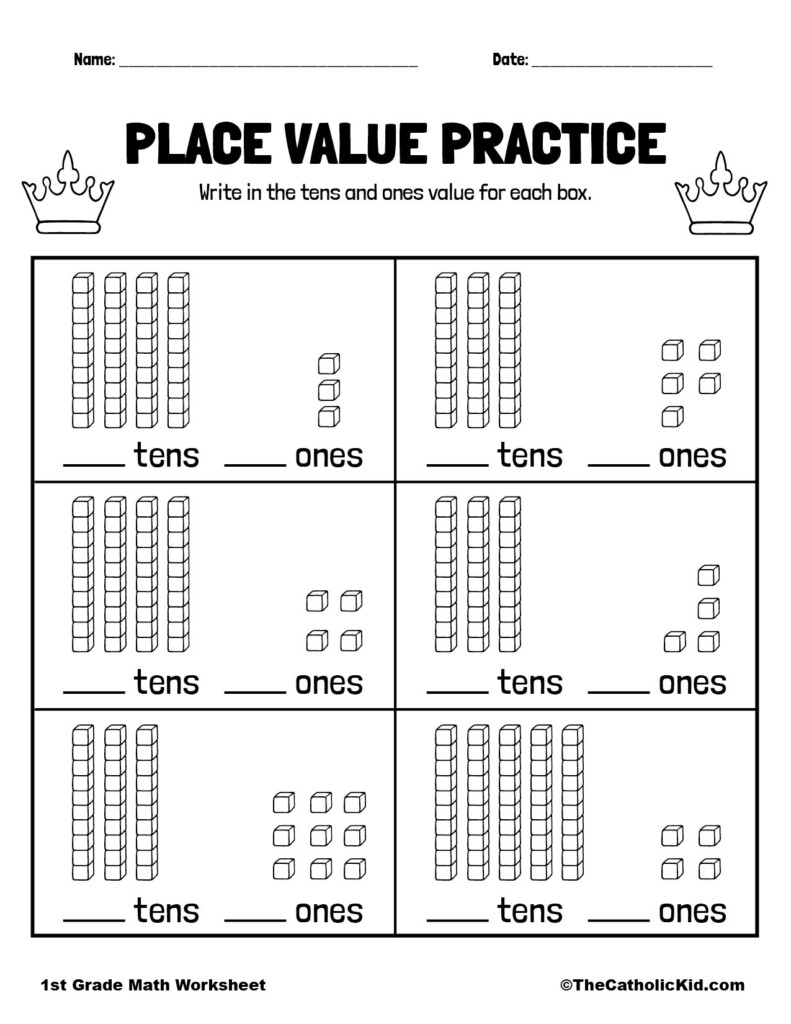Understanding place value is an essential math skill that students need to grasp in order to succeed in more advanced mathematical concepts. Name place value worksheets are a valuable tool for helping students practice and master this foundational concept. These worksheets provide students with the opportunity to work through problems that require them to identify the value of digits based on their placement in a number.
By completing name place value worksheets, students can develop a solid understanding of how numbers are organized and how the value of each digit changes depending on its position. This skill is crucial for performing operations like addition, subtraction, multiplication, and division with larger numbers.
How to Use Name Place Value Worksheet Effectively
When using name place value worksheets with students, it’s important to provide clear instructions and guidance to ensure they are completing the problems correctly. Start by explaining the concept of place value and demonstrate how to identify the value of digits in a number. Encourage students to work through the problems systematically, starting from the ones place and moving to the left.
Additionally, consider incorporating hands-on activities or manipulatives to help reinforce the concept of place value. For example, you can use base-10 blocks or place value charts to visually represent the value of each digit in a number. This can help students make connections between the abstract concept of place value and real-world scenarios.
Benefits of Using Name Place Value Worksheet
There are several benefits to using name place value worksheets in the classroom. These worksheets provide students with a structured way to practice and reinforce their understanding of place value. By completing a variety of problems, students can build confidence in their ability to work with numbers and develop problem-solving skills.
Furthermore, name place value worksheets can be tailored to meet the needs of individual students. You can create worksheets with varying levels of difficulty to challenge students at different skill levels. This allows for differentiation and ensures that all students are appropriately challenged and supported in their learning.
